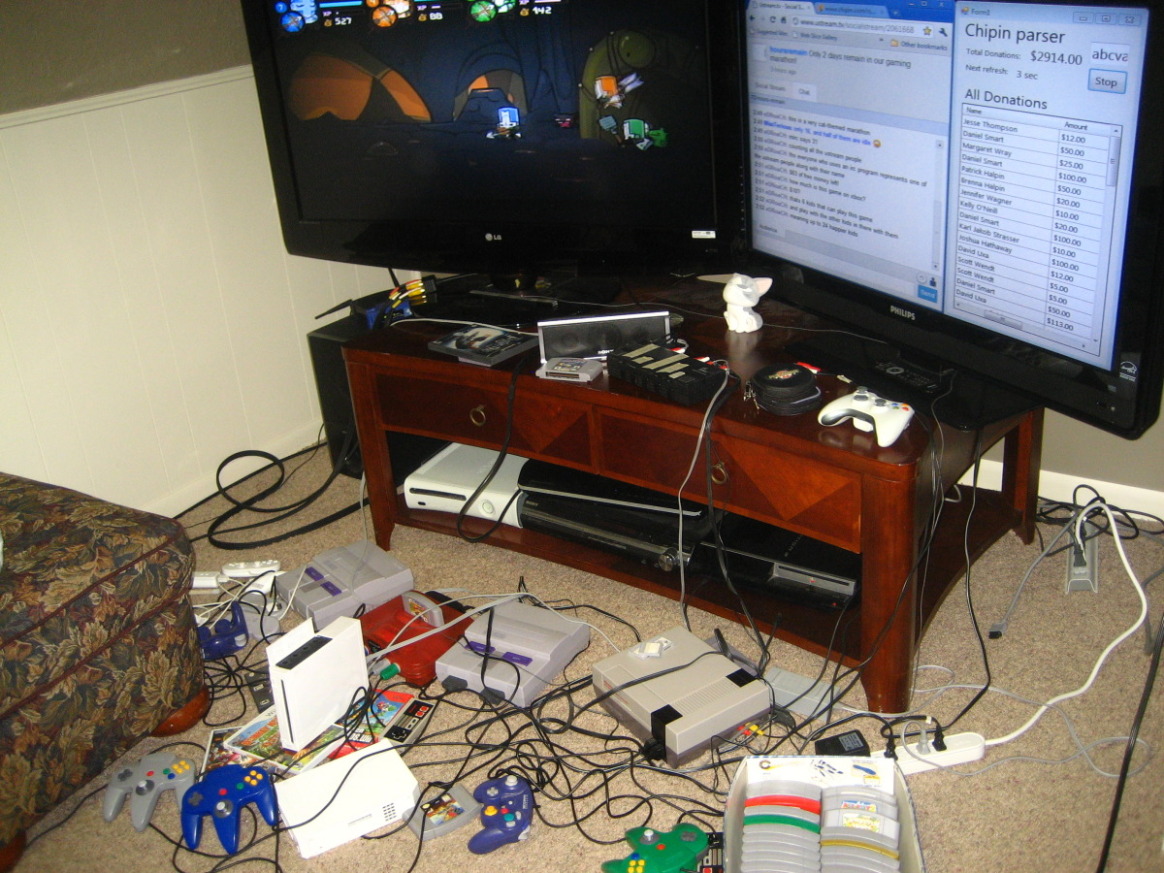It Was Never Meant To Be
 Sunday, July 8, 2012 at 3:26PM
Sunday, July 8, 2012 at 3:26PM The process to make a video game is a long and rocky road. Sometimes, games get abandoned for new projects, due to factors like current generation limitations, internal company issues or many other things that happen along the way. This week on Majora's Musings let's take a look at some games that either never made it to market, were never meant to make it to market, or turned into something completely different.
Back in the days of the NES, we saw a lot of “unlicensed multi-game cartridges”. These games were not sanctioned by Nintendo, and most times were of poor quality. One of the most well known of these was Action 52. It contained 52 games, most of which were regarded as either unplayable, or so awful you didn’t want to play it again. One of the more “playable” games was Cheetamen. I'm using that term pretty loosely here, as it's still riddled with glitches and bad controls. There is also a Genesis version of Action 52, which was better, but better is another term to use loosely. The company went out of business in the 90s. This is what most thought was the end of the tale, but it's not quite over yet.
In 1996, 1500 copies of Cheetamen 2 were discovered in a warehouse. They were reused cartridge from the Action 52, with a gold sticker on the back reading “Cheetamen II”. They were released on the secondary market, but the game has no official release. The game is prized among collectors, and costs up into the $1,000 or more. The game itself is a coding nightmare. Due to glitches, the later levels are not even reachable. There are roms out there where someone has fixed the glitches but it's still pretty awful.
In August of 1994, an action platformer called “Boo!” was meant to be released by Micropose yet never was due to financial issues. The game was “80% complete” at time of cancellation. The games main protagonist was the ghost of a teenage boy who died before the game takes place. Evil alien cows called “Moo-tants” decide to invade Earth starting with the house Boo and his friends lives. Players would have also had the chance to play other characters at some point, such as Dracula and Frankenstien’s Monster. Images and sprites can be found online, but no known rom of the game exists.
Lufia and Lufia 2 were well received RPGs back in the mid 90s on the Super Nintendo. Like the Final Fantasy series, the Lufia franchise was jumping ship to the Sony Playstation. Lufia 3: Ruins Chaser however never made it onto the RPG powerhouse Sony made. Music and art from the game still exist thanks to the internet, as well as the trailer shown at the 1998 Tokyo Game Show. The trailer is just words, art and a song from the upcoming title. No gameplay was shown. Natsume, the American publisher for the game, announced it was 20% completed shortly before its cancellation. In July 1998 the company making the game went bankrupt and the project was placed on hold. In 1999 work was resumed by another company, but most work was scrapped and the game was reworked for the Gameboy Color. Lufia: The Legend Returns was released in 2001.
Sakura Wars: So Long, My Love was a tactical RPG with dating sim elements. Its actually the 5th game in the series, but this was the first to America. A strikingly similar game was announced but never released. Iris Angel for the Dreamcast still has a small life on the internet to remind us what would have been. Like Boo!, artwork, in-game screenshots, small animations and other elements remain online from the now dead official Japanese site. Not a lot of the details are known about the story other then the basic plot. The main hero of our story is Shujin, who has to stop the evil witch Myure from whatever plan to destroy the world she has. Shujin trains and commands an army of lady warriors and build relationships with them. I could not find the reason why the game was canceled, and again, no known practical roms exist.
Spyro’s Kingdom was an MMORPG where players could create their own dragon and venture off into the wonderful wide world of Spyro. Quite a bit of demos and prototype videos can be found on Youtube still. Activision decided this wasn’t the direction they wished to take the franchise The project was scrapped and revamped into “Skylanders: Spyro Adventure”. Though most of Kingdoms stuff was scrapped, things like the flying mechanics and various art and world things remain in Skylanders.
There are many unreleased games in the gaming world. It's interesting to see what we missed out on due to financial reasons or the company pulling out of the project. Some games were so close to being complete, it really makes us wonder “why”. Video games are an art, and I urge those who are able to preserve their works that never quite made it to home market. Even just the concept art is well, still art. If you have any updated information I missed for this article please email us at 72hoursremain@gmail.com
Thanks for reading! Look for next week's article were we finish up our look at Nintendo peripherals.
